
From Earth Day ‘20 to Earth Day ‘21: 10 zero waste highlights
This pandemic year intensified both our waste generation and our grasp of its unsustainability.
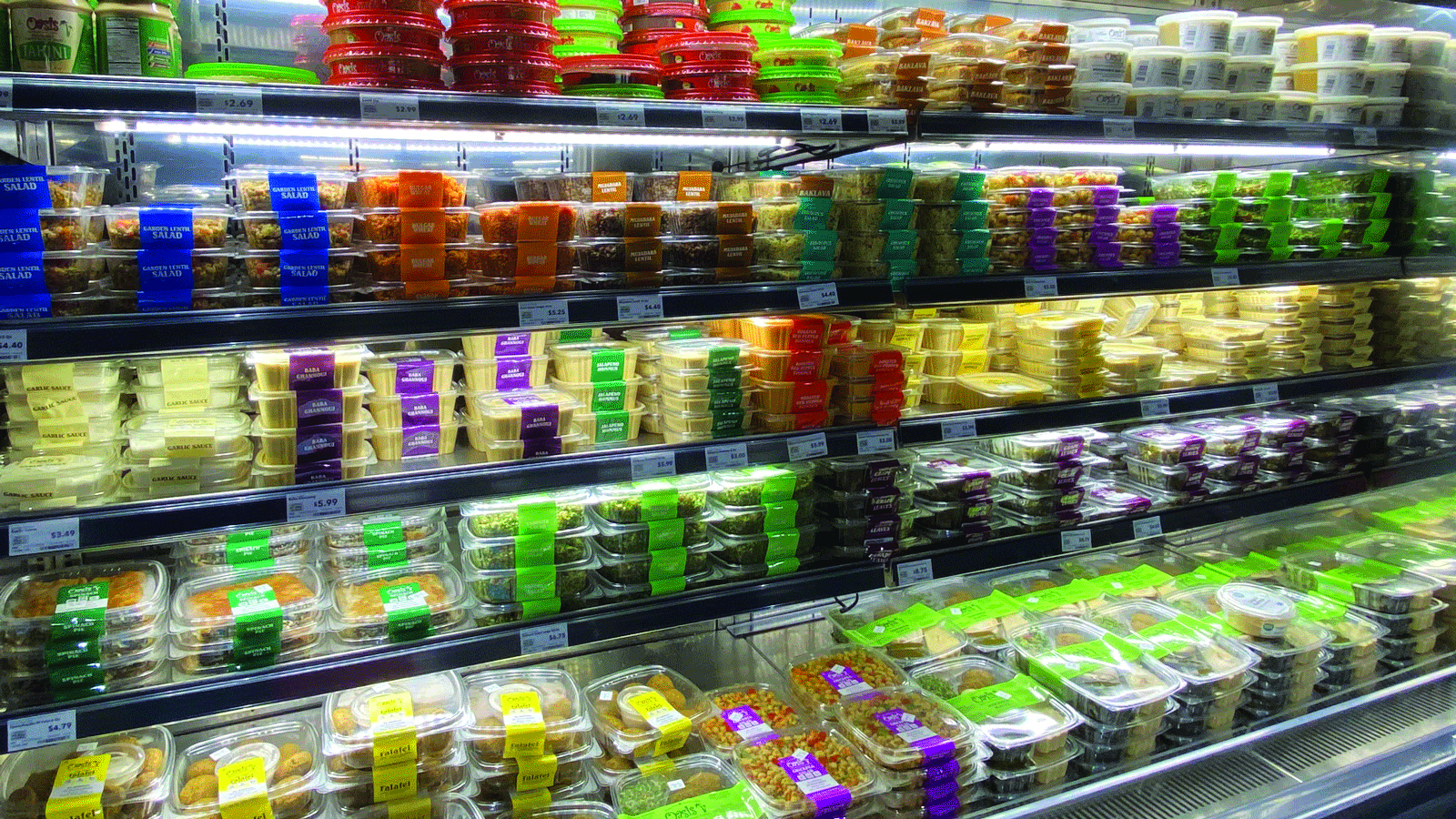
With another Earth Day in the books, I want to share with you 10 things that have happened in the last year that are helping America break the waste cycle.
This pandemic year intensified both our waste generation and our grasp of its unsustainability. Some of the things we threw away this year did an important job — such as the disposable items that health professionals have used to reduce the spread of COVID-19. But much of the trash generated in 2020 can’t be justified so easily. The accelerating treadmill of material extraction, manufacture, consumption and disposal of waste degrades nature and our health, and contributes to climate change. It cannot be justified to the generations to come.
We must shift to an economy that produces things that are built to last and continuously reuses, recycles and composts all its materials. To shift our entire economy, we need coordinated action everywhere decisions are made. That’s why U.S. PIRG and our allies and supporters have been pressing for change in statehouses and in Washington, D.C., in corporate boardrooms and on college campuses.
Here are 10 highlights from the work of U.S. PIRG and the state PIRGs, Environment America and state Environment groups, and the Student PIRGs that have brought us closer to a zero-waste future since last Earth Day:
1. U.S. PIRG launched a campaign telling Whole Foods: Move beyond plastic Whole Foods has long aimed to be a leader in sustainability, but the company lags behind its competitors in reducing plastic packaging. U.S. PIRG’s new campaign calls on Whole Foods to eliminate all single-use plastic packaging from its operations. More than 11,000 people have put their support behind the effort so far. This summer, PIRG canvassers will be going door to door in communities around the country to add thousands more names to the campaign.
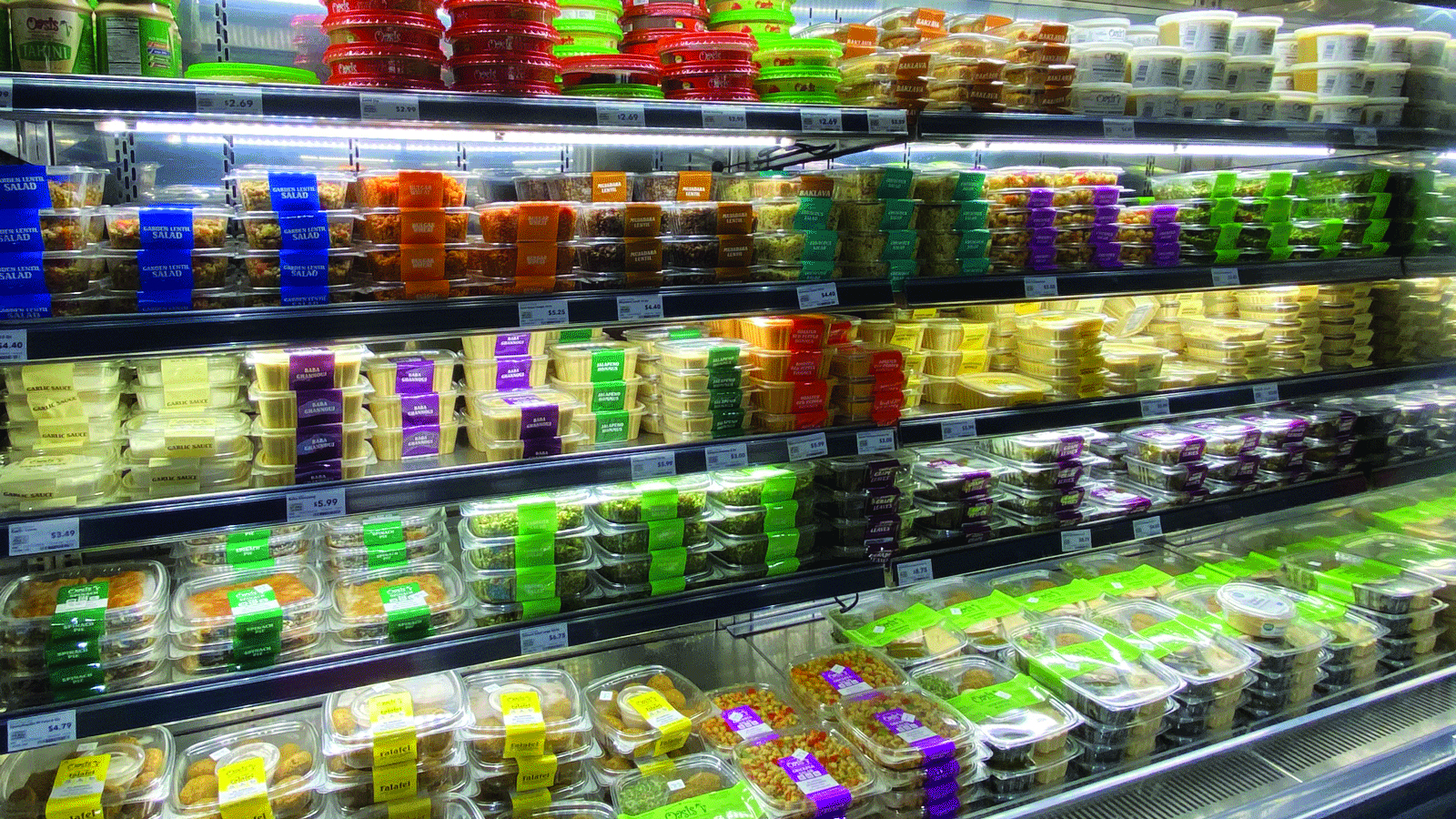
Launched in November 2020, U.S. PIRG’s Tell Whole Foods: Move Beyond Plastic campaign urges the grocery store giant to phase out single-use plastic packaging from its operations. Credit: Raed Mansour via Wikimedia Commons, CC BY 2.02
2. Washington state passed the nation’s strongest plastics policy Just this month, Washington’s Legislature banned expanded polystyrene peanuts, coolers and foodware; required businesses to provide single-use utensils, cups, lids and other foodware only upon customer request; and required plastic beverage bottles, household cleaning and personal care bottles, and trash bags to contain at least minimum levels of post-consumer recycled content. Gov. Jay Inslee is expected to sign the bill, which would make Washington the first state in the nation to comprehensively require opt-in for utensils, cup lids and condiments.
3. New Jersey passed the nation’s strongest ban on single-use plastics At a time when pandemic fears have led to the delay or rollback of many other single-use plastics bans across the country, Environment New Jersey led the state to set a visionary new standard regulating single-use waste in November 2020, breathing new life into the nationwide zero waste movement.
4. Virginia banned polystyrene, what many of us know as Styrofoam After collecting more than 50,000 petition signatures calling on state leaders to take action, Environment Virginia led the way to passage of this law this spring. Gov. Ralph Northam also signed an executive order which will phase out single-use plastic in government operations.
5. CALPIRG Students turned their passion into action and won a big commitment from the University of California (UC) system CALPIRG Students’ Plastic-Free Seas campaign collected more than 12,000 student signatures over the past year calling for the UC system to phase out non-essential single-use plastic products. They sponsored resolutions with the UC Student Association and local student government on several UC campuses. The result? The whole system has now committed to phasing out these plastic products by 2030.
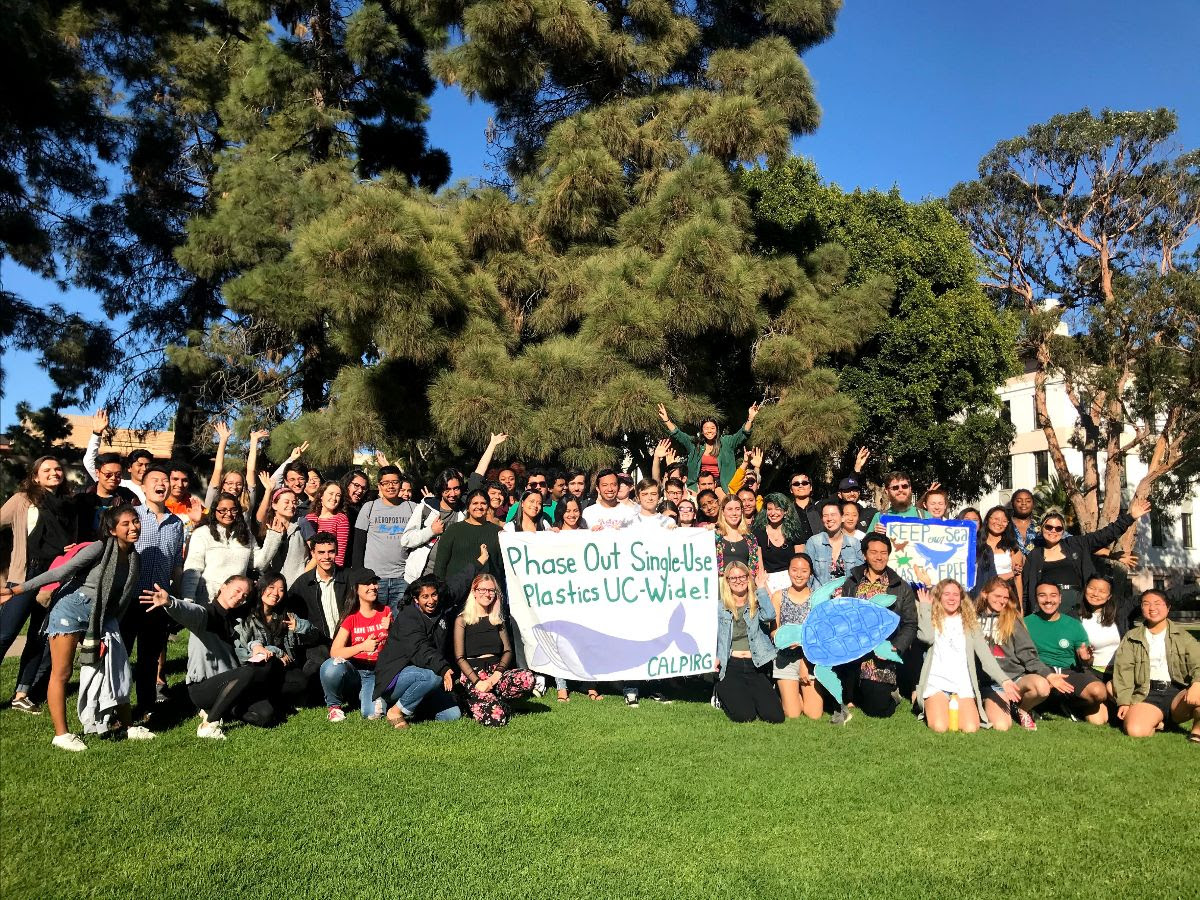
FLASHBACK — CALPIRG Students at UC Berkeley in November 2019 launch the Plastic-Free Seas campaign. Credit Staff
6. U.S. PIRG kicked off its Waste Is Out of Fashion campaign Clothing and textile waste is among the fastest-growing waste streams in the United States. U.S. PIRG is calling on state and local governments to take action to ensure that the clothing waste problem does not continue to grow.
7. PennEnvironment Research & Policy Center found microplastics in every single waterway they tested Microplastics increasingly end up in our environment, waterways, marine animals — and even in human organs. When researchers in Pennsylvania tested samples from 53 waterways in their state, they found microplastics every single time, kicking off a media firestorm.
8. Twenty-seven states considered Right to Repair When we buy stuff, we should be able to repair it if it breaks — and keep it out of the trash heap. But many manufacturers make repair for products such as cell phones, tractors and medical devices unnecessarily difficult, making it more likely that we toss the old product and buy new — costing us more in dollars and waste in the process. U.S. PIRG’s Right to Repair campaign aims to disrupt this cycle, and in 2021 convinced a record 27 states to consider legislation that would guarantee consumers their right to repair.
9. The Break Free From Plastic Pollution Act was introduced in the U.S. Congress Last month Sen. Jeff Merkley & Rep. Alan Lowenthal reintroduced the Break Free From Plastic Pollution Act, the most comprehensive plastic waste bill in the nation and backed by U.S. PIRG. If the act becomes law, it would continue to reduce single-use plastic and packaging nationally, and finance recycling, composting and reusable infrastructure. It would also save local and municipal governments billions of dollars per year by shifting the cost of managing waste and recyclables onto the plastic producers.
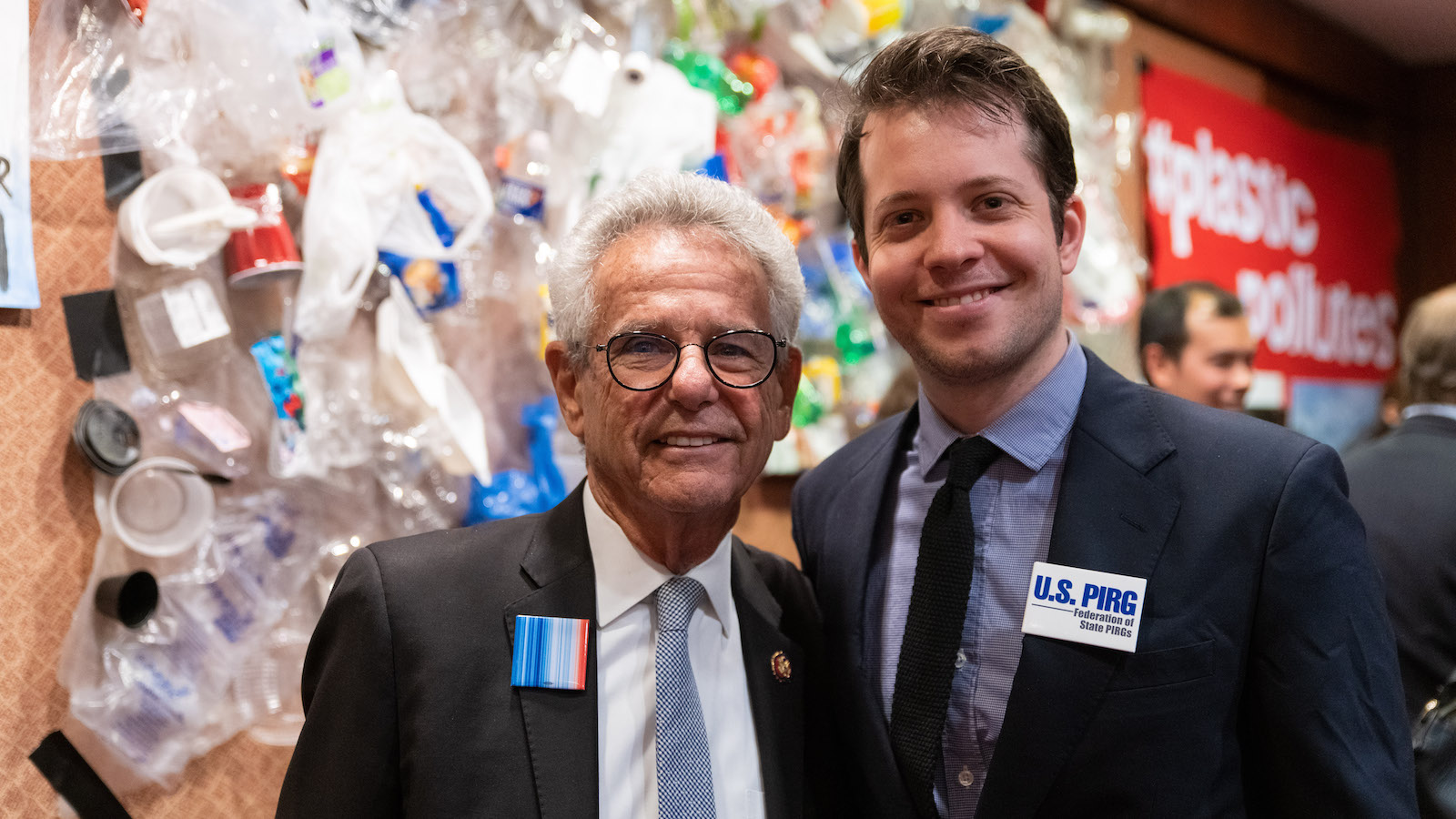
U.S. PIRG Zero Waste Campaign Director Alex Truelove joined U.S. Rep. Alan Lowenthal for the introduction of the original Break Free From Plastic Pollution Act in February 2020. Credit: TJ O’Neill
10. U.S. PIRG Education Fund reported on how to Break the Waste Cycle One strategy to stop plastic waste is to ban making it in the first place. Another is to create the incentive to stop making it by putting the responsibility for its disposal on plastic producers. U.S. PIRG Education Fund’s new Break the Waste Cycle report explores what effective producer responsibility programs could look like.
I look forward to updating you with another 10 steps forward for Earth Day 2022.
Topics
Authors
Faye Park
Executive Vice President; President, PIRG
As president of PIRG, Faye is a leading voice for consumer protection and public health in the United States. She has been quoted in major news outlets, including CBS News and the Washington Post, about issues ranging from getting toxic chemicals out of children’s products to protecting Americans from predatory lending practices. Faye also serves as the executive vice president for The Public Interest Network, which PIRG founded. Faye began her public interest career as a student volunteer with MASSPIRG Students at Williams College. After graduating in 1992, she began working with the Student PIRGs in California as a campus organizer and organizing director, working on campaigns to help students register to vote and to promote recycling. She lives in Denver with her family.
Find Out More
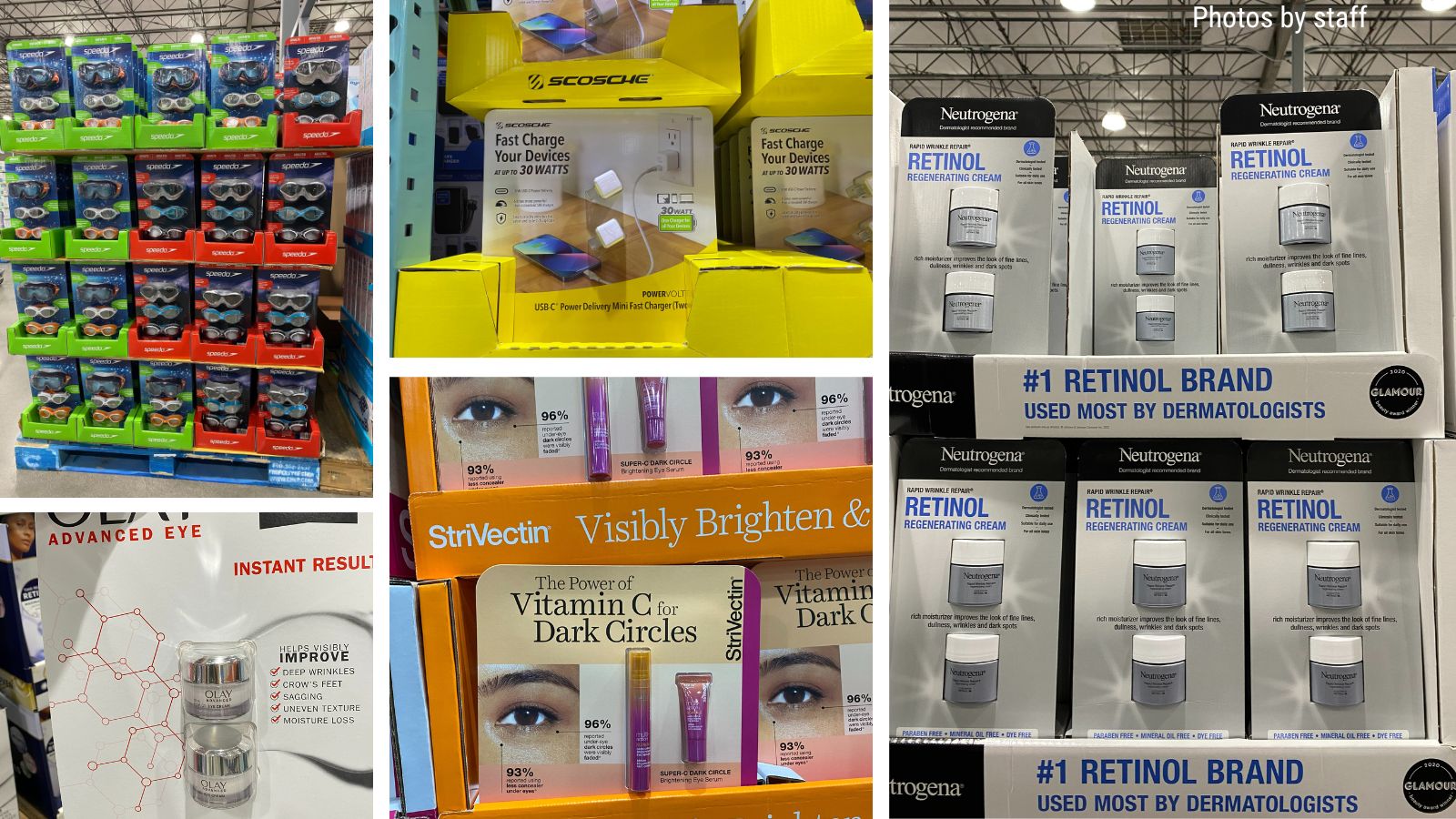
Costco should stop supersizing wasteful packaging
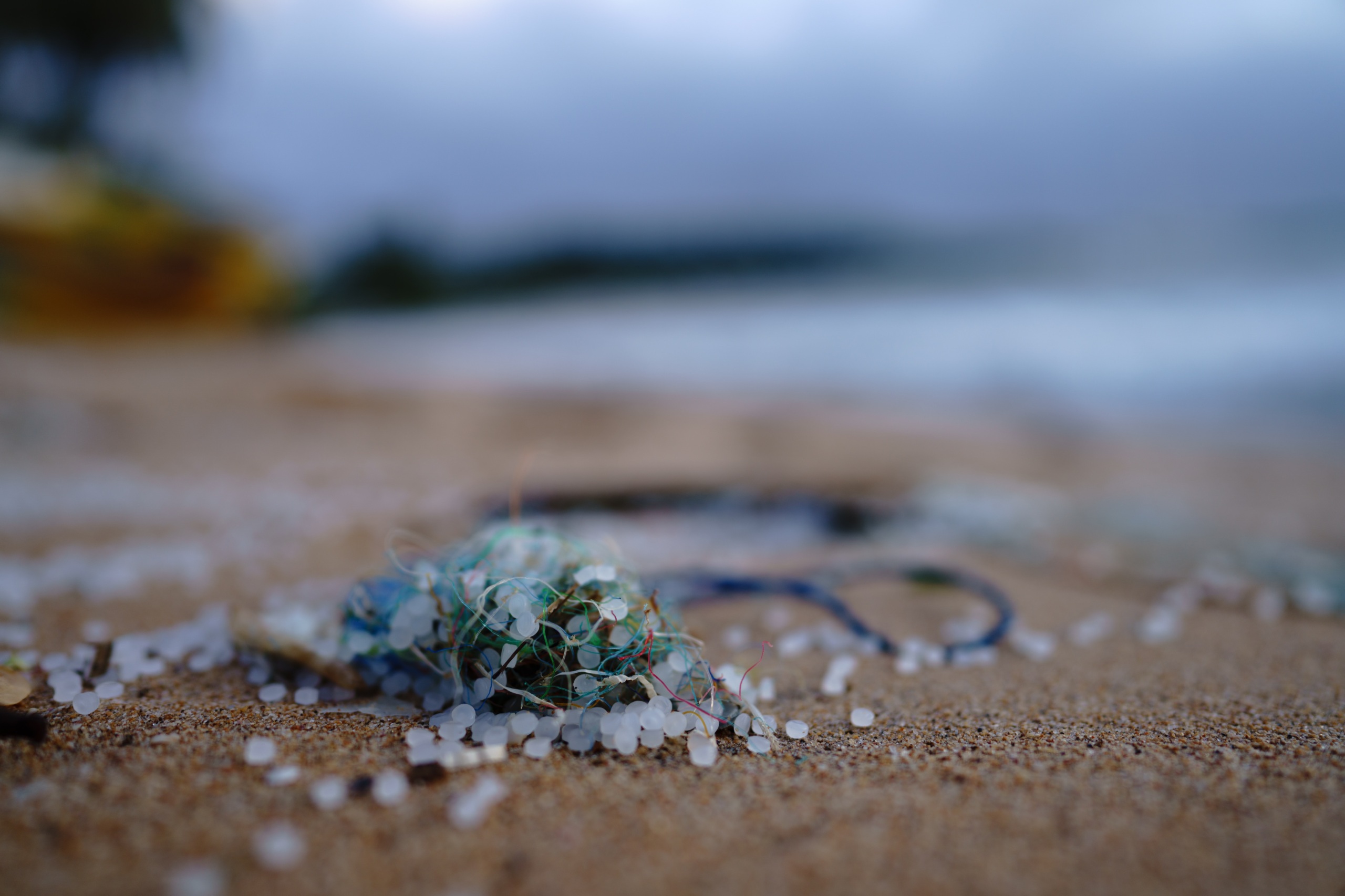
We’re campaigning for Microplastic Free Waters
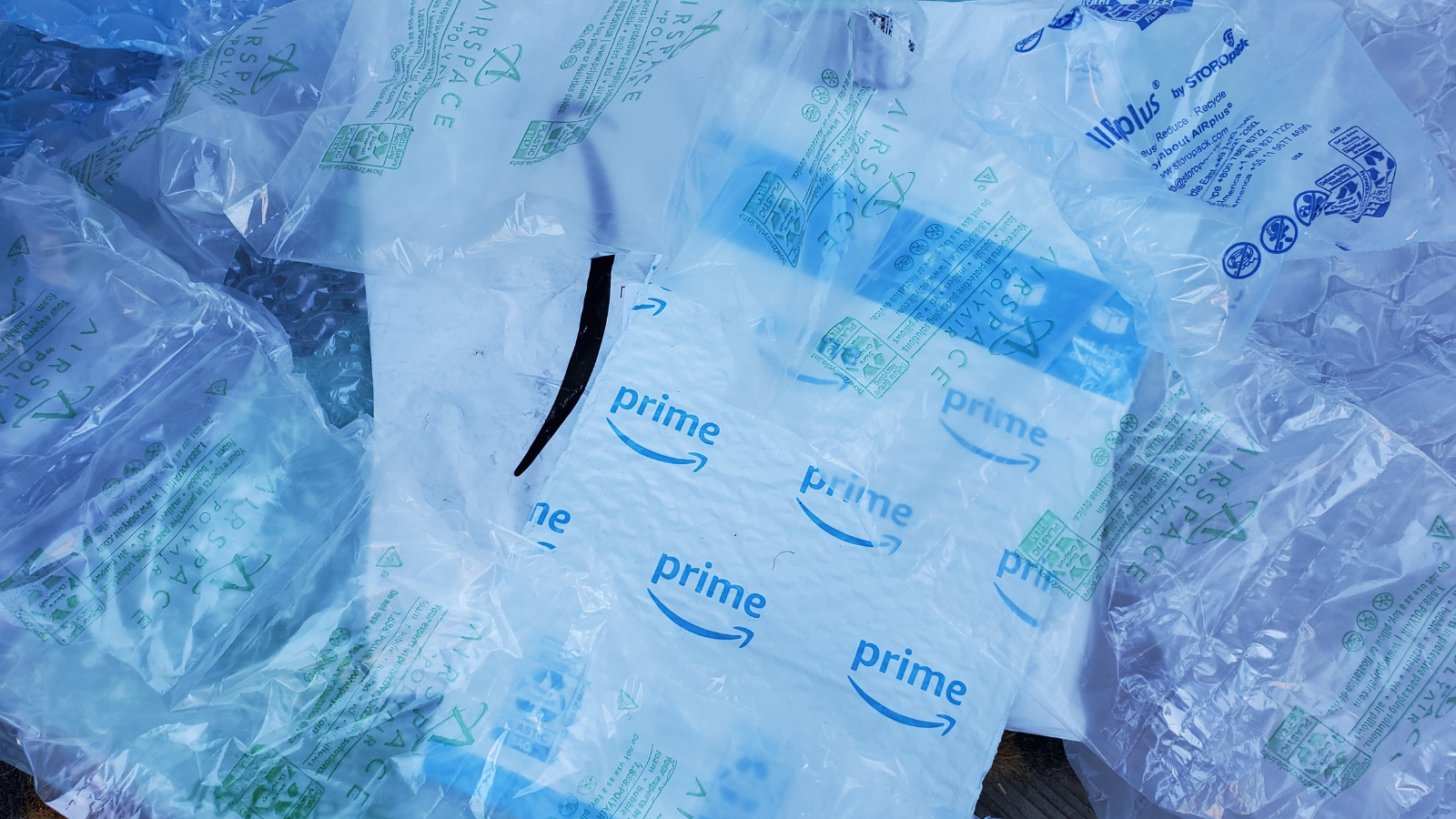
Turning plastic waste into plastic lumber isn’t recycling

